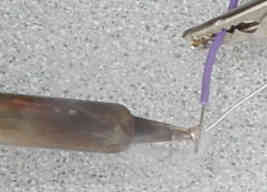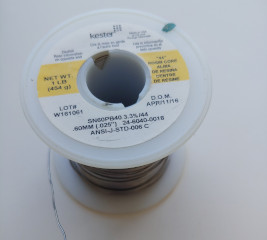How to solder wires to connectors primarily depends on wire thickness and the type of connector pins.
Soldering cup-style pins within a connector is usually a difficult task since the soldering should be done within a very small space. The spacing between pins is often 0.1” (2.54 mm) and there are several pins in two rows.
There is so little space around pins that, if you don’t pay enough attention, the hot soldering iron can burn insulation on wires or melt the solder on adjacent pins and make a short connection
The most popular in the USA

Weller WE1010 solder station

Hakko FX-888D soldering station

Weller WLC100 (cheap solder iron)























